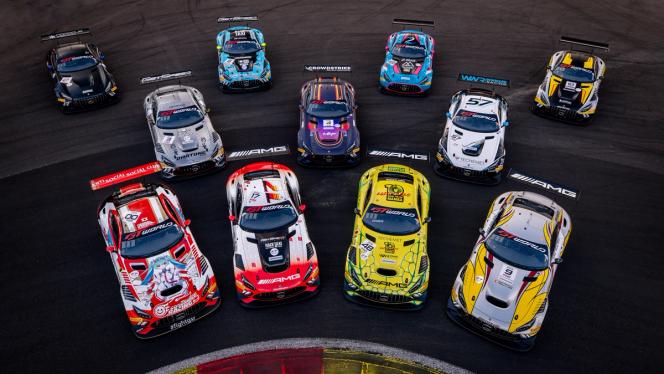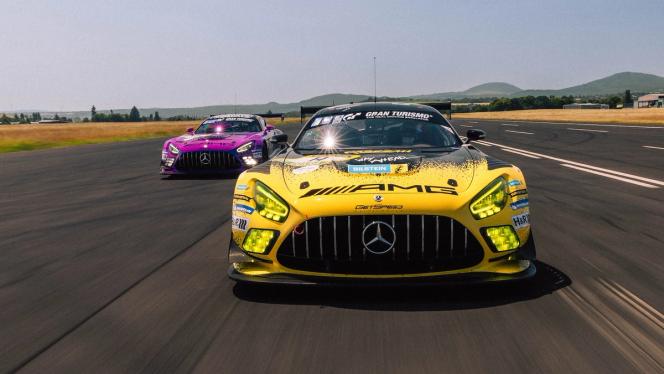24 Hours of Le Mans
RETURN OF THE SILVER ARROWS
The 24-hour race on the semi-permanent Circuit de la Sarthe took place for the first time in 1923, making it the oldest endurance event in the world still held today. The prestigious race is organised annually by the Automobile Club de l'Ouest (ACO). It has been an integral part of the FIA World Endurance Championship calendar since 2012.
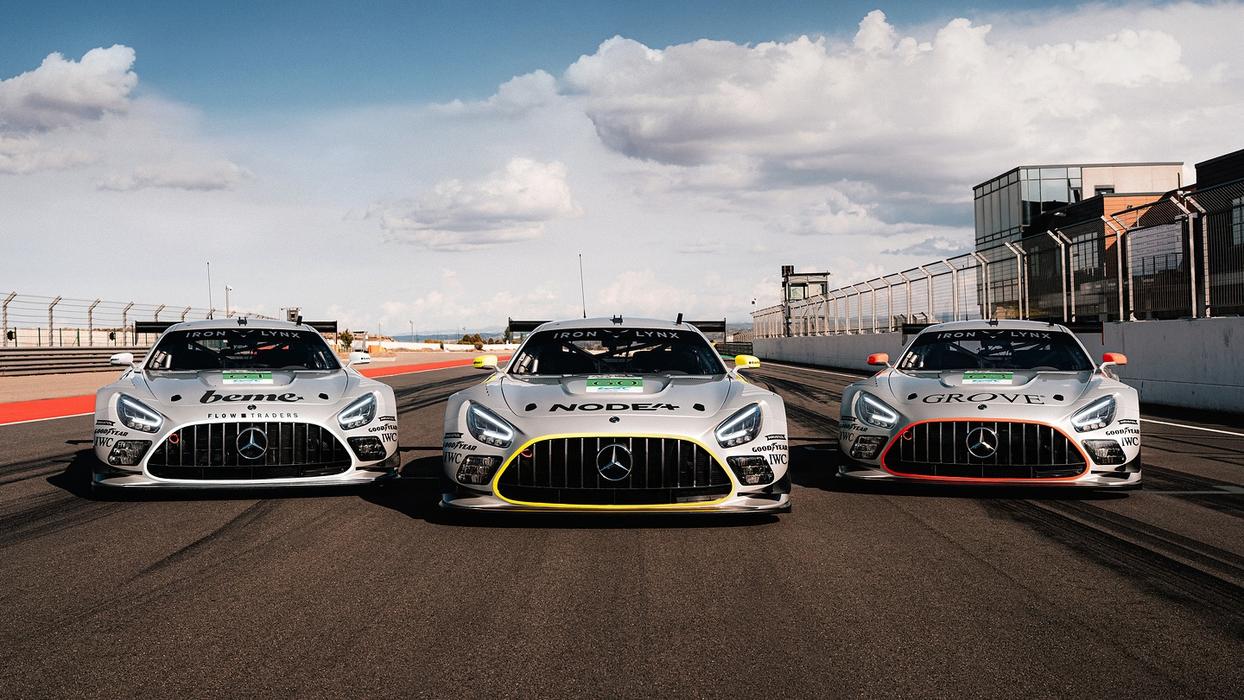
2025 24 Hours of Le Mans
Twenty-six years after the last time racing cars with the three-pointed star competed at Le Mans, we made our comeback at this year's 93rd edition of the legendary 24-hour race. Iron Lynx entered three Mercedes-AMG LMGT3s in the event, which took place at the Circuit de la Sarthe from 11 to 15 June. The cars, numbered 60, 61 and 63, featured a special silver design reminiscent of the Sauber-Mercedes C9 that won at Le Mans in 1989.
One of our cars immediately made it into the hyperpole at our debut event, with the #61 Mercedes-AMG LMGT3 finishing fourth with Maxime Martin at the wheel. Our main focus was on gathering experience and data. After a promising start, the #61 car was set back by a drive-through penalty, ultimately finishing the endurance classic in twelfth place. The #63 car, which started the race in last place following an accident during practice, finished in 15th place. The journey of the #60 ended prematurely after four hours due to a broken V-belt.
The 24 Hours of Le Mans was the fourth event in the 2025 FIA World Endurance Championship racing calendar. Iron Lynx is competing in the entire season with two Mercedes-AMG LMGT3s.
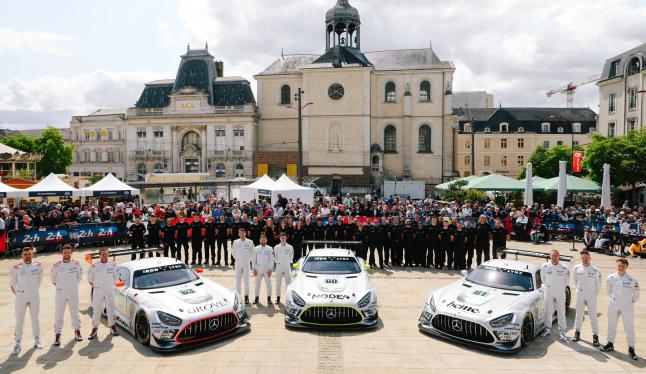
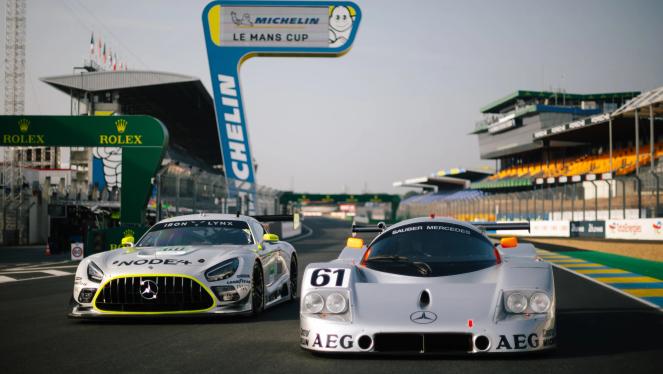
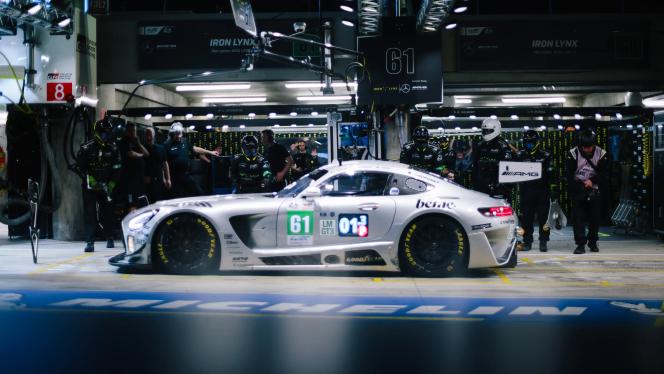
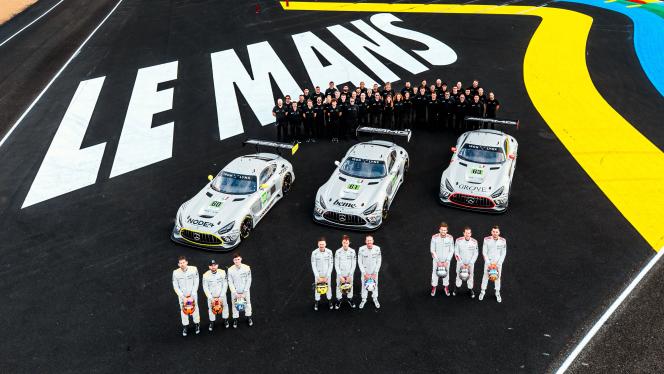
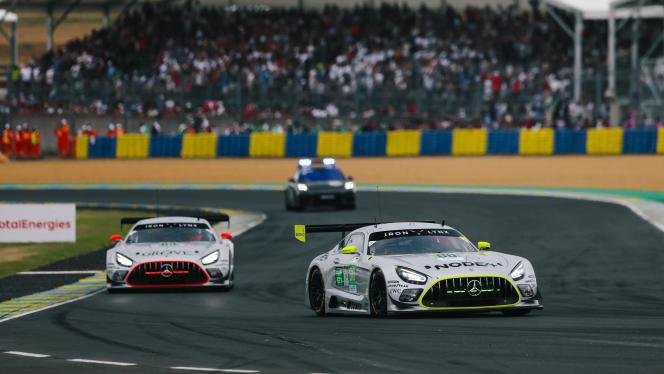
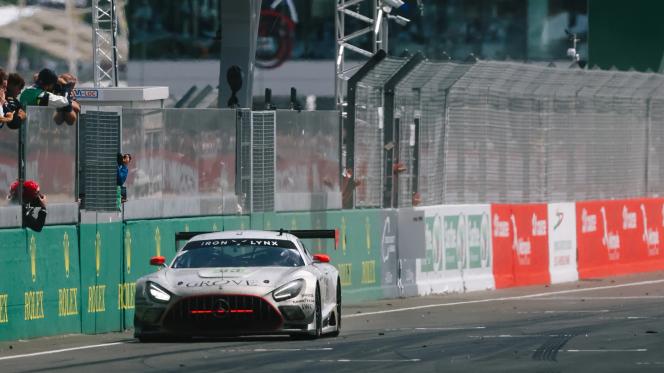
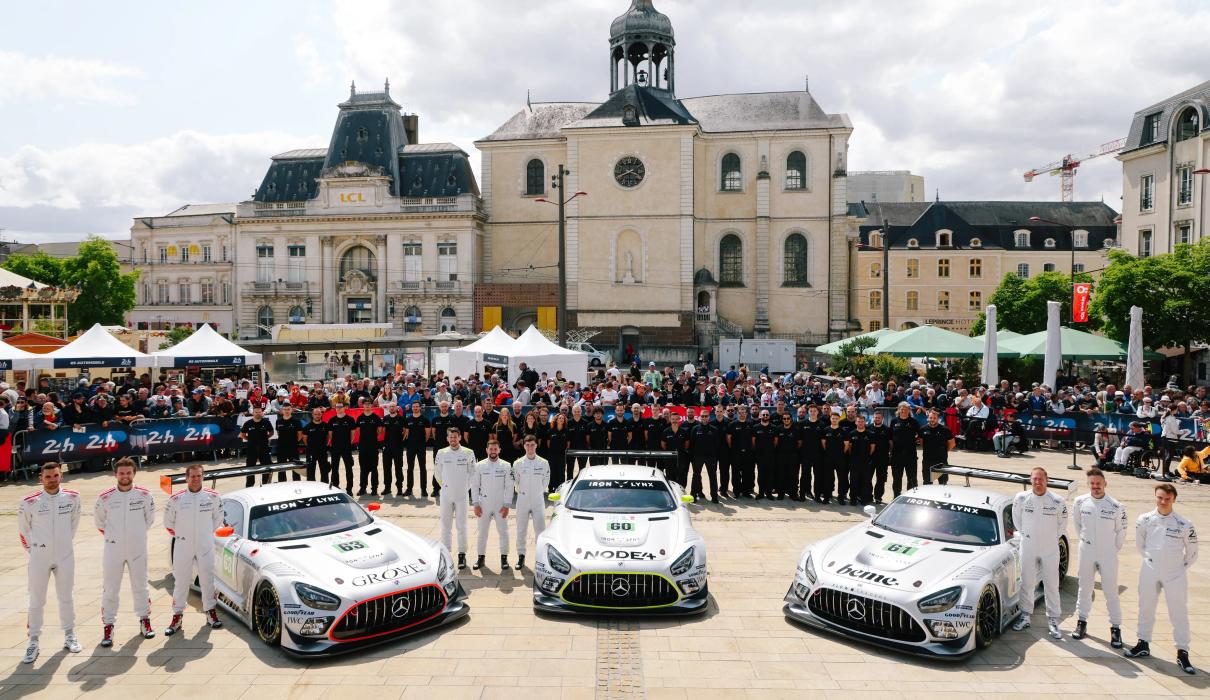
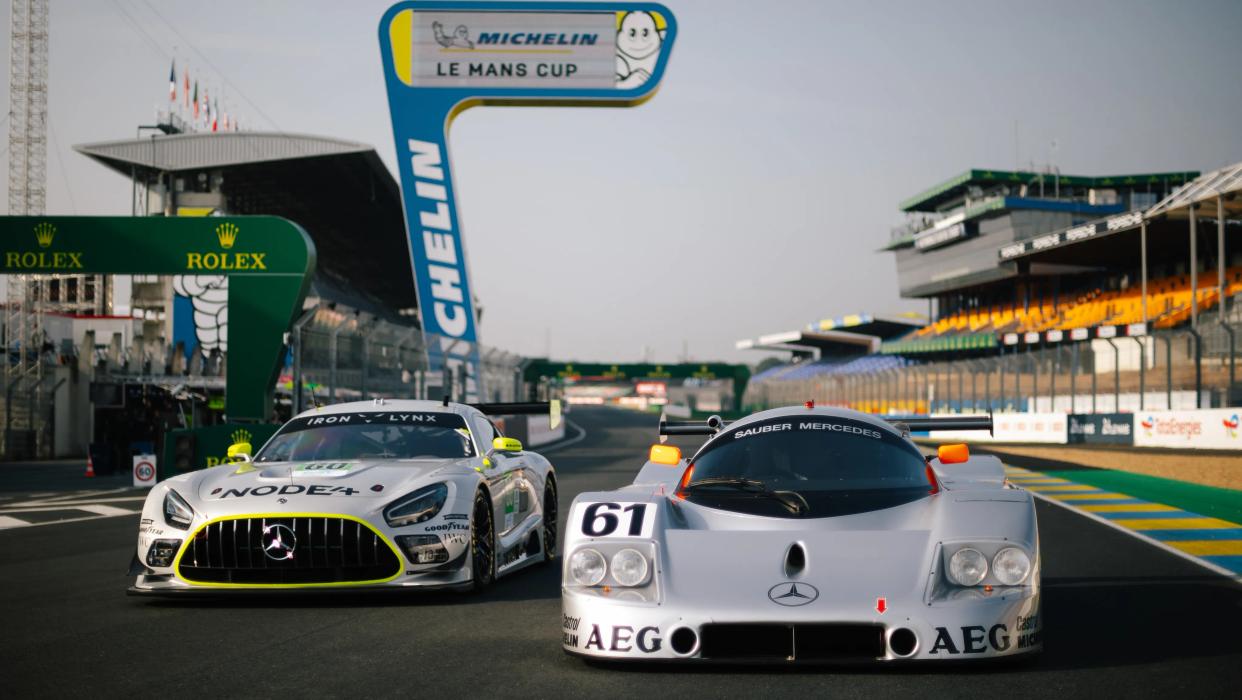



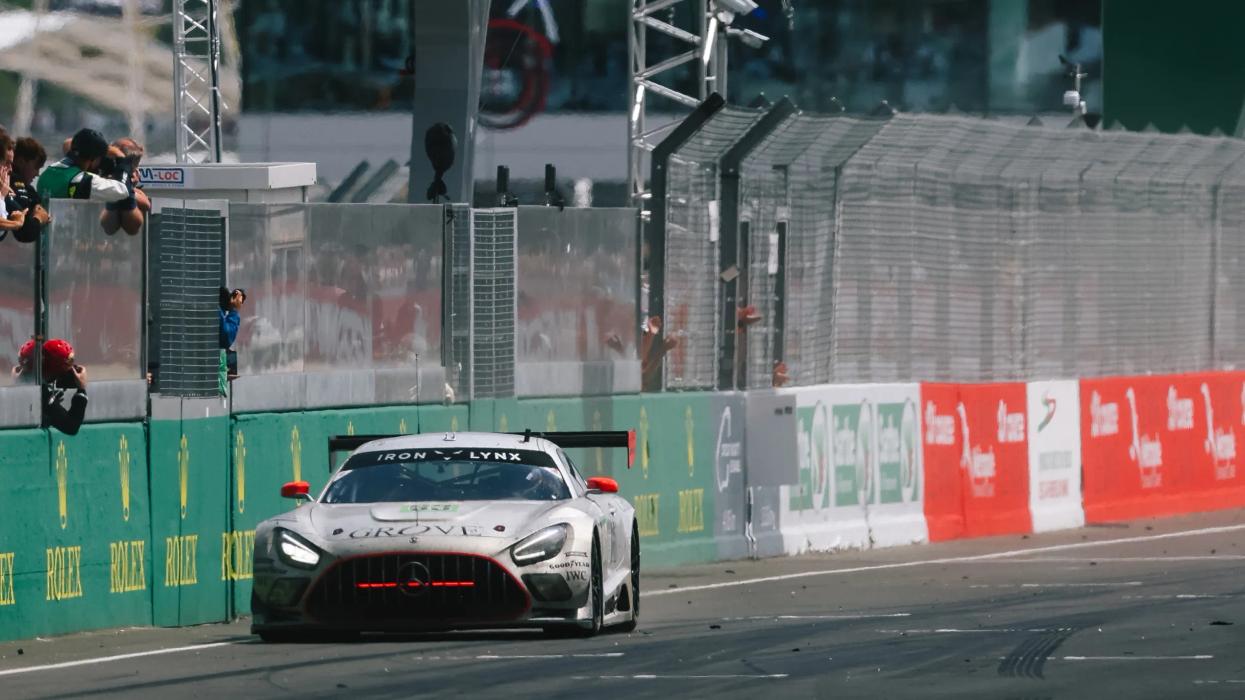
Further information about the 24 Hours of Le Mans
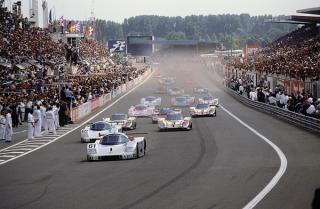
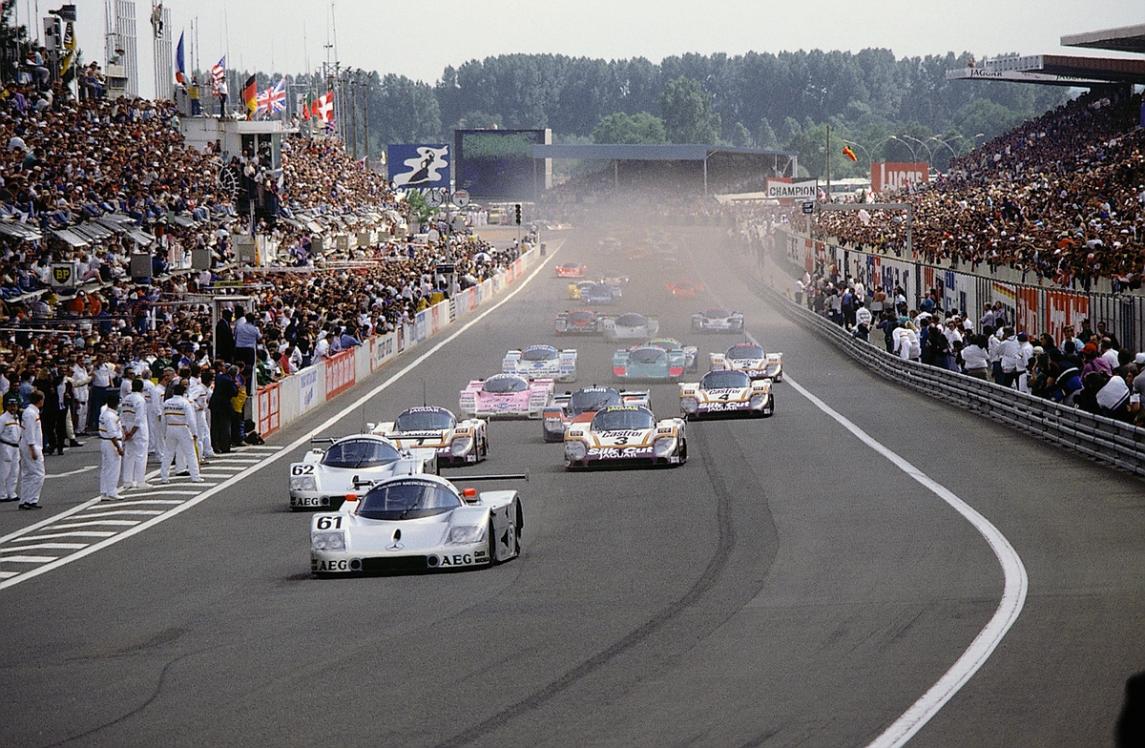
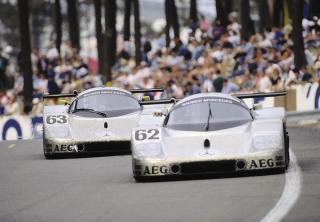
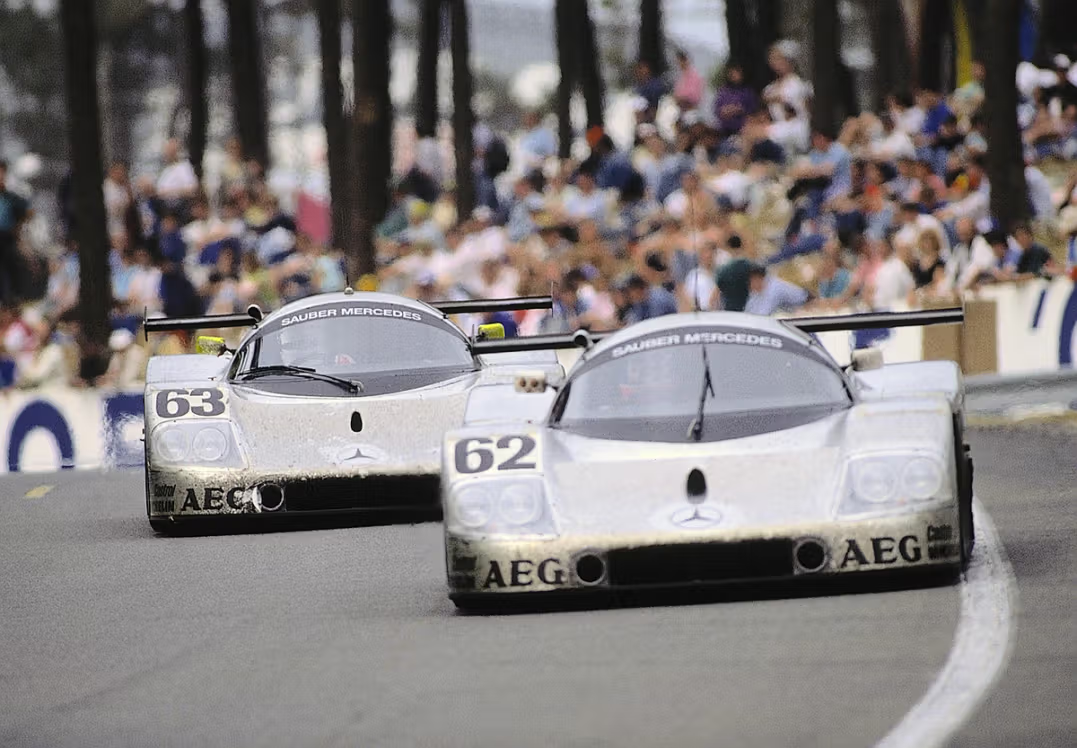
1989
Peak of a success era
In the 1989 FIA World Sportscar Championship, the legendary Sauber C9 wins seven out of eight championship races, including the 57th edition of the 24 Hours of Le Mans. After 390 laps, Stanley Dickens, Jochen Mass and Manuel Reuter drove the car with starting number 63 to our second overall victory in the endurance classic. In the end, the lead over second-placed team-mates Kenny Acheson, Mauro Baldi and Gianfranco Brancatelli was five laps. The day before, Jean-Louis Schlesser had already qualified for pole position in the team's third Sauber C9.
